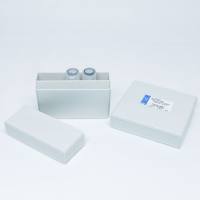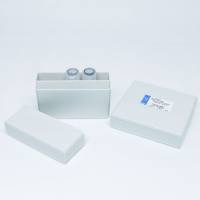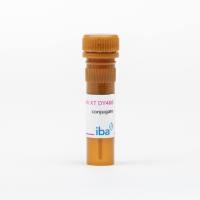Polysaccharicb-Conjugate Vaccines
互联网
485
It was recognized early this century that small molecules, called haptens, can be made immunogenic after conjugation to carrier proteins (1 ), This principle was thereafter applied successfully to improve the rmmunogenicity of (poly)saccharides (2 , 3 ). We now know that the carrier proteins ensure the involvement of T-helper lymphocytes in the activation of the haptenor polysaccharide-specific antibody producing B lymphocytes (Fig. 1 ). In contrast to small molecules or haptens, polysaccharides (or other macromolecules with a repeating structure) are able to induce an immune response, most likely by directly activating B lymphocytes. Antigens that are able to induce an immune response without the involvement of T-helper lymphocytes are named TI (thymus independent) antigens (4 ) (Table 1 ). TI-2 antigens, such as plain polysaccharides, are not able to activate relatively immature B-cells. This is in contrast to TI-1 antigens, which can activate immature B-cells because of their mitogenic activity. Lipopolysaccharides are examples of TI-1 antigens. T-cells with specificity for saccharide structures that are recognized in association with the major histocompatibility complex (MMC) structures have never been found nor described; binding to MHC and stimulation of T-cells appears to be limited to peptides. The findings of T-cell regulation of the immune response against polysaccharides (5 –7 ) without biochemical demonstration of the specificity of the molecular interactions can best be explained by assuming a role for antiidiotypic antibodies and T-cells.








